The First Flight to Australia
Monday, 5 July 2010In November last year, driving up the coast from Galway in Ireland, I came to the lonely stretch of Irish bog where Alcock and Brown touched down on 15 June 1919 after making the first flight across the Atlantic. Later I went to the Science Museum in London to look at the big, ungainly Vickers Vimy biplane with its open cockpit which they’d used for that epic flight.
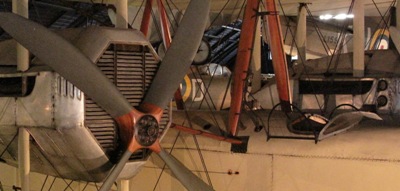
Last week I visited the Aviation Heritage Museum in Darwin in Australia’s Northern Territory and encountered information on another pioneering flight with a Vickers Vimy. The museum features a USAF B-52, which seems altogether too big to squeeze into the hangar.
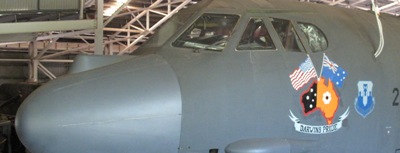
There’s also a pretty little De Havilland Dove from Transportes Aéreos de Timor which I’m pretty sure I saw in Baucau in Portuguese Timor when Maureen and I travelled through Timor in 1974, on the trip which led to the very first edition of South-East Asia on a Shoestring.
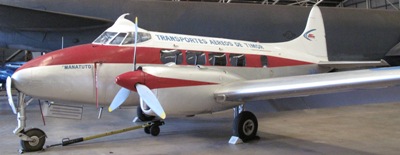
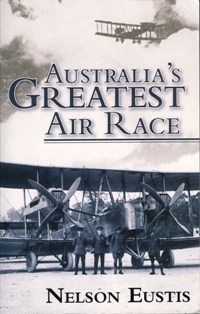 There’s also some interesting material about the 1919 race from London to Darwin which was won by a four man crew in, once again, a Vickers Vimy. The two pilots – Ross Smith and Keith Smith – were brothers and the epic flight set out from London on 12 November 1919 and arrived in Darwin 24 stops and 28 days later on 10 December. The tale of the race is told in Austrlalia’s Greatest Air Race by Nelson Eustis.
There’s also some interesting material about the 1919 race from London to Darwin which was won by a four man crew in, once again, a Vickers Vimy. The two pilots – Ross Smith and Keith Smith – were brothers and the epic flight set out from London on 12 November 1919 and arrived in Darwin 24 stops and 28 days later on 10 December. The tale of the race is told in Austrlalia’s Greatest Air Race by Nelson Eustis.
The progress in air travel is remarkable, a 100metre flight by the Wright brothers in 1903, 5 years later Louis Bleriot flies 37km across the English Channel from France to England. Fast forward another 11 years and we have 3000km flights across the Atlantic and flights, with plenty of stops, all the way from England to Australia.
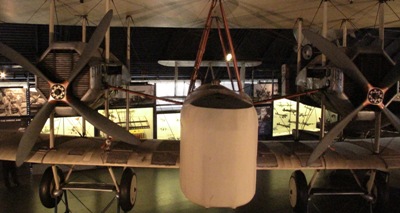
Another 15 years later in 1934 another air race sees a flight from London to Melbourne in Australia, stopping in Darwin of course, in less than 72 hours. This time it was a purpose-built racing aircraft, a De Havilland DH-88 Comet (twin piston engined, not the jet airliner Comet of the 1950s). And a DC-2 airliner entered by the Dutch airline KLM was only 12 hours behind. The museum also features displays on that journey.






